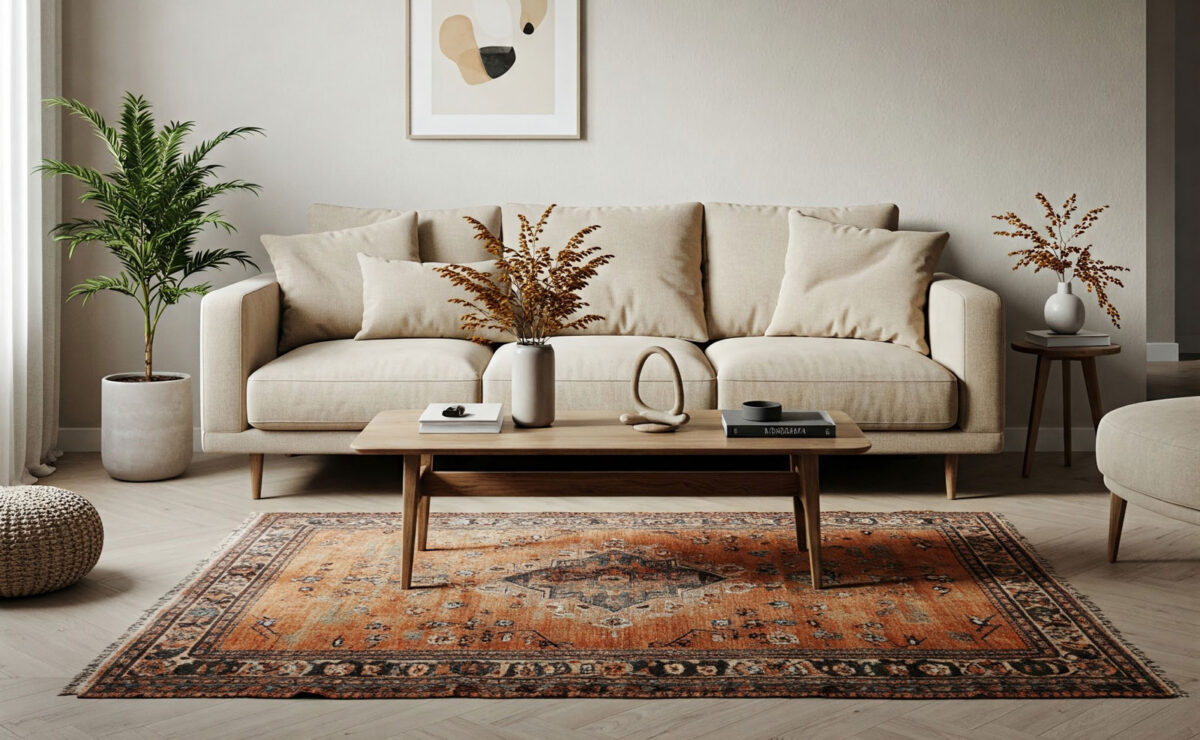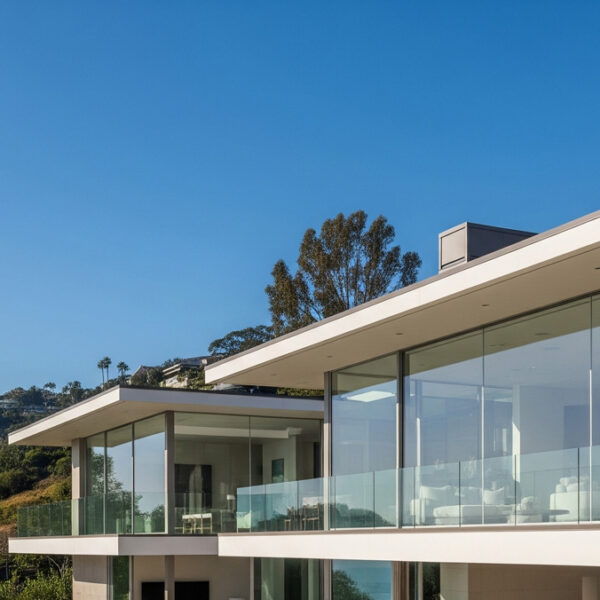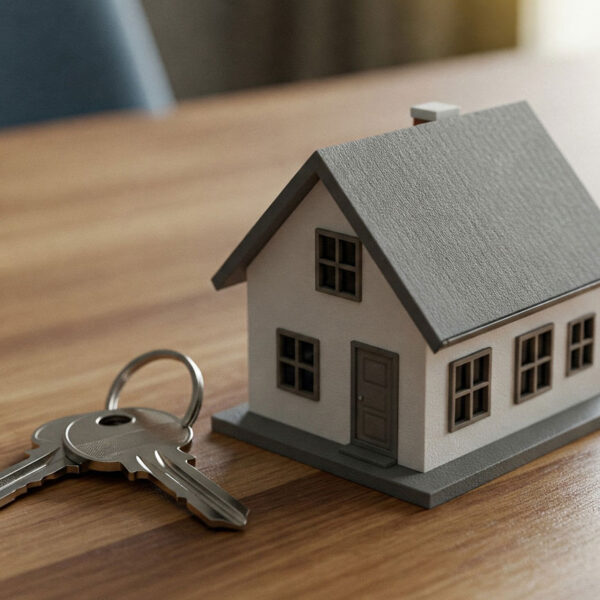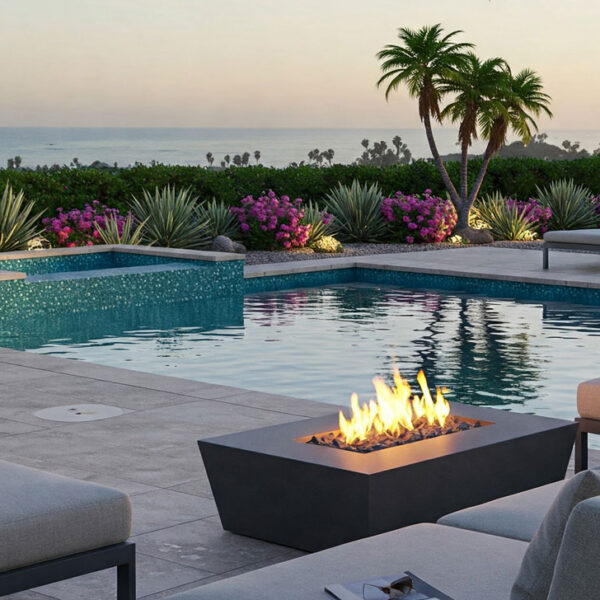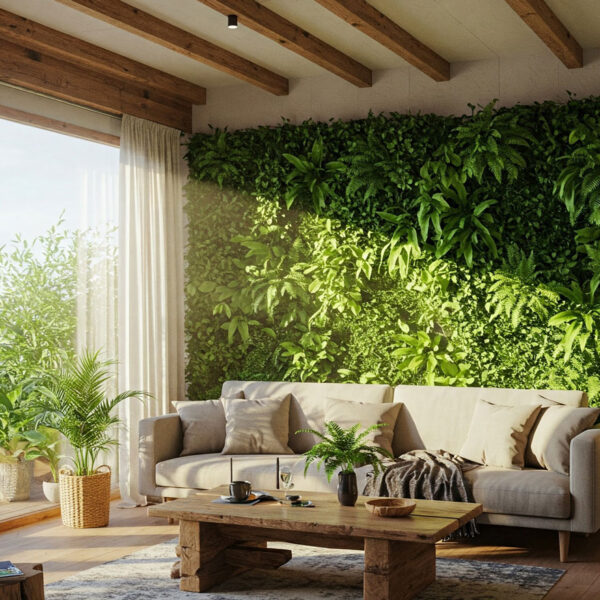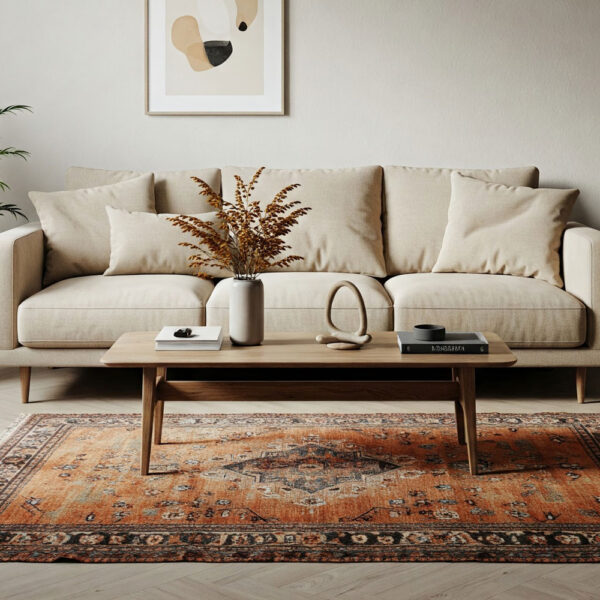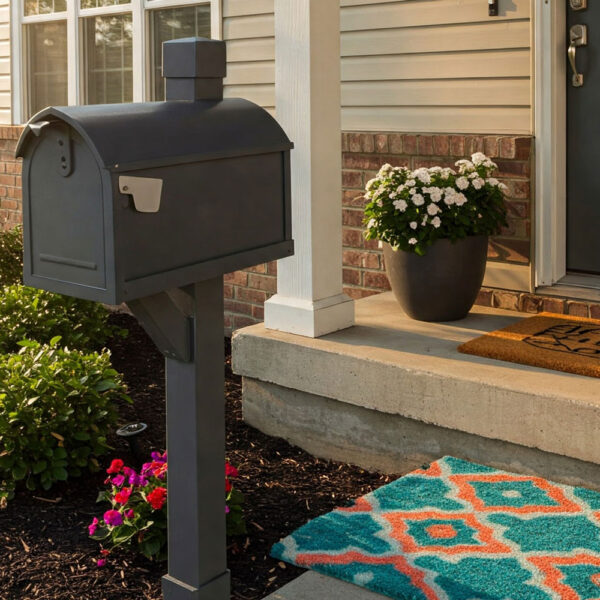Color is more than just a design choice—it’s a powerful psychological tool that can transform how a space feels and functions. From boosting energy in the kitchen to promoting calm in the bedroom, the right colors can elevate your home’s atmosphere, support well-being, and reflect your personal style.
Let’s dive into how different colors influence mood and explore the best choices for each room in your home.
Understanding the Psychology of Color
Color psychology is the study of how hues affect human behavior and emotion. While individual reactions can vary based on culture and personal experience, certain color effects tend to be universal. Warm tones (like red, orange, and yellow) are stimulating and energizing, while cool tones (like blue, green, and purple) are calming and restorative.
Room-by-Room Color Recommendations
Living Room – Warm Neutrals or Soft Greens
The living room is where people gather to relax and connect. Warm neutrals—such as beige, taupe, or greige—create an inviting foundation. If you’re looking to bring in nature-inspired tranquility, soft greens add a fresh, grounding effect without overpowering the space.
Tip: Use accent pillows, throws, or wall art in deeper hues to layer depth and warmth.
Kitchen – Yellows, Whites, or Earthy Tones
Kitchens benefit from bright, uplifting colors. Yellow promotes optimism and can make a space feel lively and welcoming—perfect for morning routines. Crisp white offers a clean and timeless look, while earthy tones like terracotta or olive green can add warmth and a rustic feel.
Avoid overly dark colors here, as they may make the kitchen feel smaller or more closed-in.
Bedroom – Soft Blues, Lavenders, or Muted Grays
The bedroom is your sanctuary. Cool tones like soft blue and lavender are known to slow the heart rate and promote calmness, making them ideal for sleep and relaxation. Muted gray can also work beautifully as a neutral backdrop, offering a sense of peace and sophistication.
Deep navy or charcoal can be used as accent colors to add drama without disrupting serenity.
Bathroom – Light Aqua, Soft White, or Cool Grays
Bathrooms thrive with clean, fresh tones. Light aqua or seafoam green creates a spa-like vibe, while soft whites enhance brightness and cleanliness. Cool gray lends a modern, minimalist look and pairs well with metallic fixtures.
Glossy finishes or tiles in these tones can reflect light and open up smaller bathrooms.
Home Office – Muted Blue-Greens or Soft Beige
For focus and productivity, choose colors that strike a balance between calm and clarity. Muted blue-greens support concentration without feeling sterile. If you prefer a neutral palette, soft beige or sand tones work well and are easy on the eyes during long workdays.
Avoid overly bright or bold colors here, which can become distracting over time.
Dining Room – Rich Reds or Warm Earth Tones
Red has long been associated with stimulating appetite and conversation, which is why it’s a popular dining room choice. If red feels too bold, opt for wine tones, clay, or burnt sienna—colors that add warmth and richness without overwhelming the space.
Dimmed lighting pairs beautifully with these tones for an elevated dining experience.
Final Thoughts
Choosing the right colors for your interior spaces isn’t just about aesthetics—it’s about enhancing how each room supports your lifestyle. Whether you want to energize, relax, or focus, the psychology of color can guide you to choices that make your home feel just right.
Before committing to a color, test it on your walls at different times of day. Lighting and surrounding decor can dramatically shift how a shade looks and feels.

